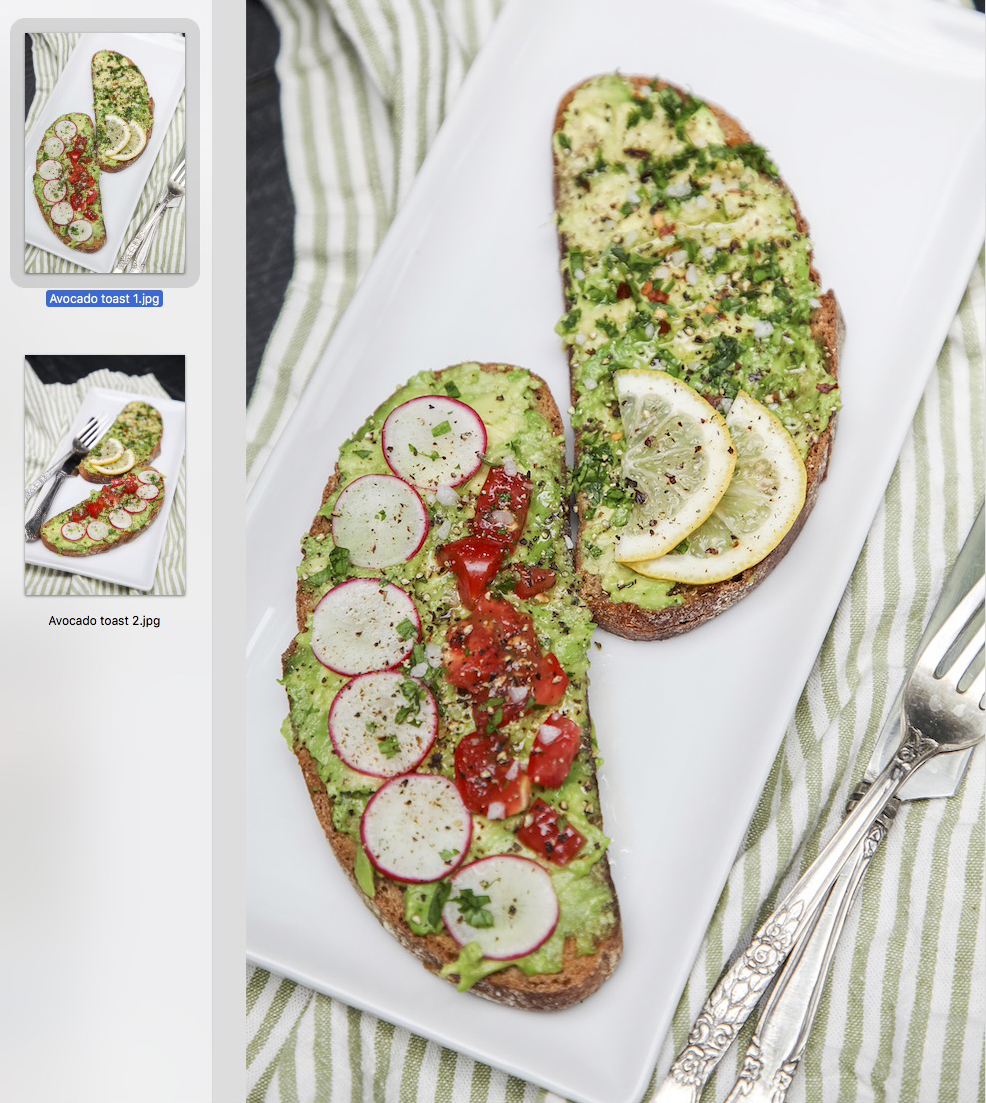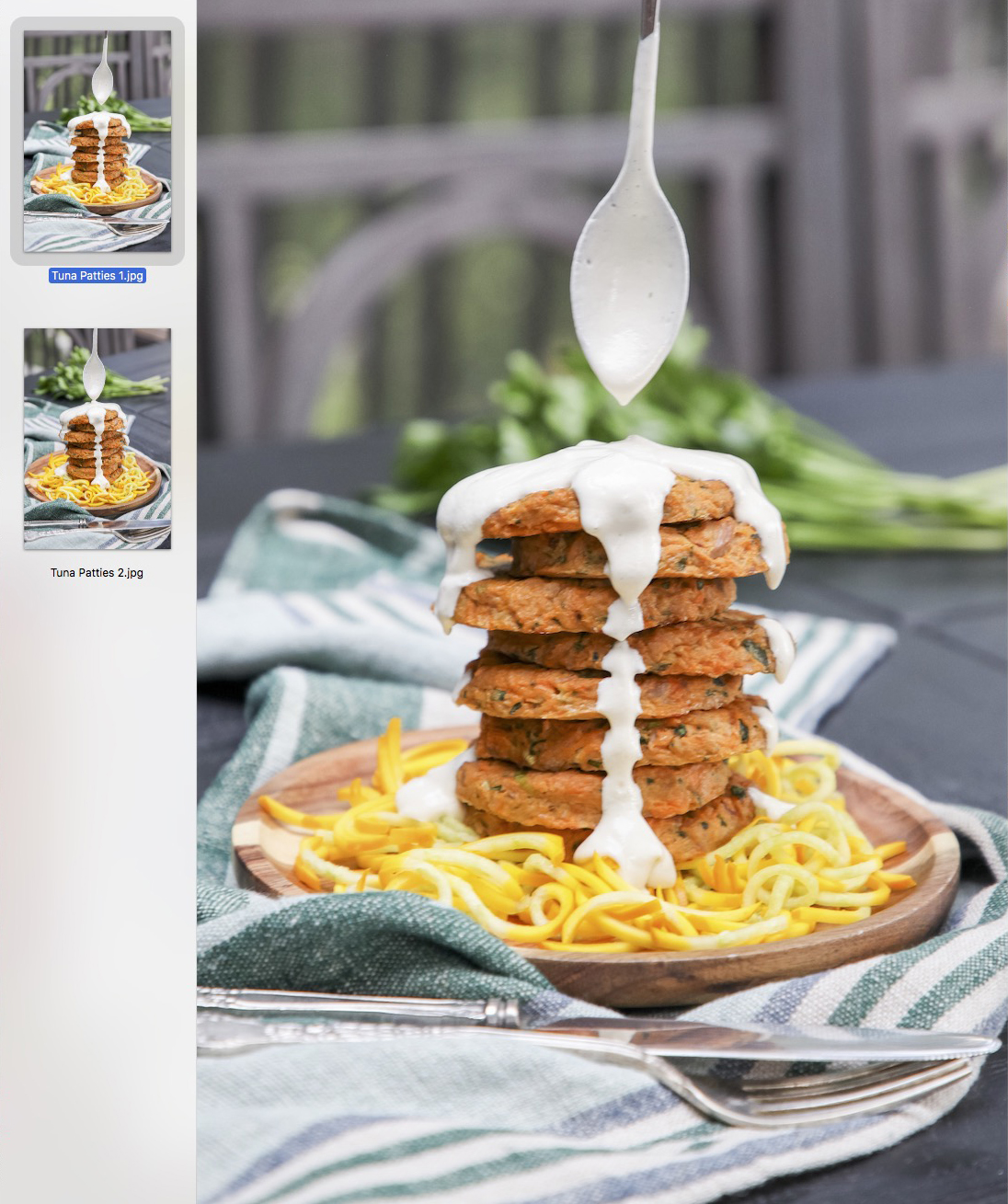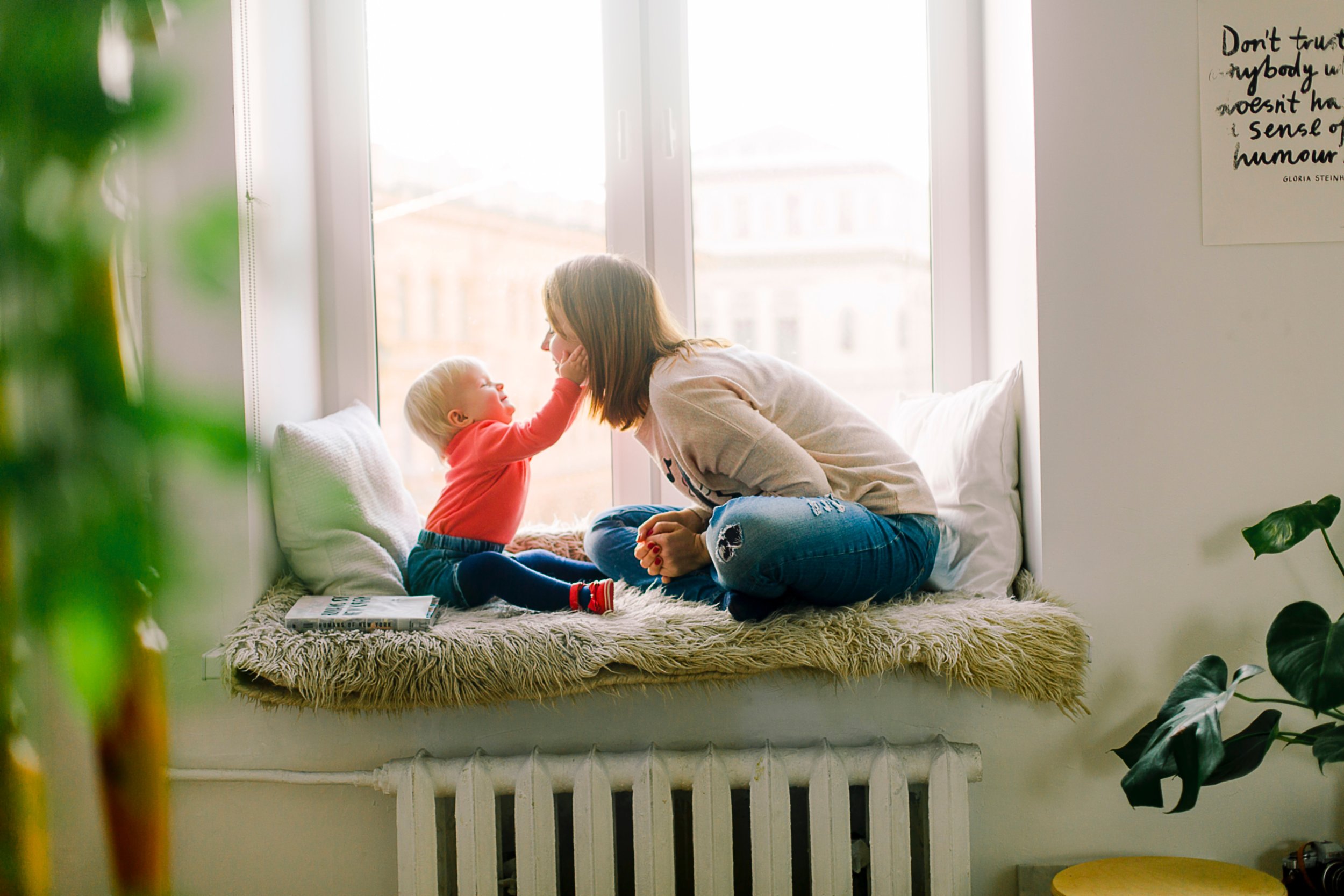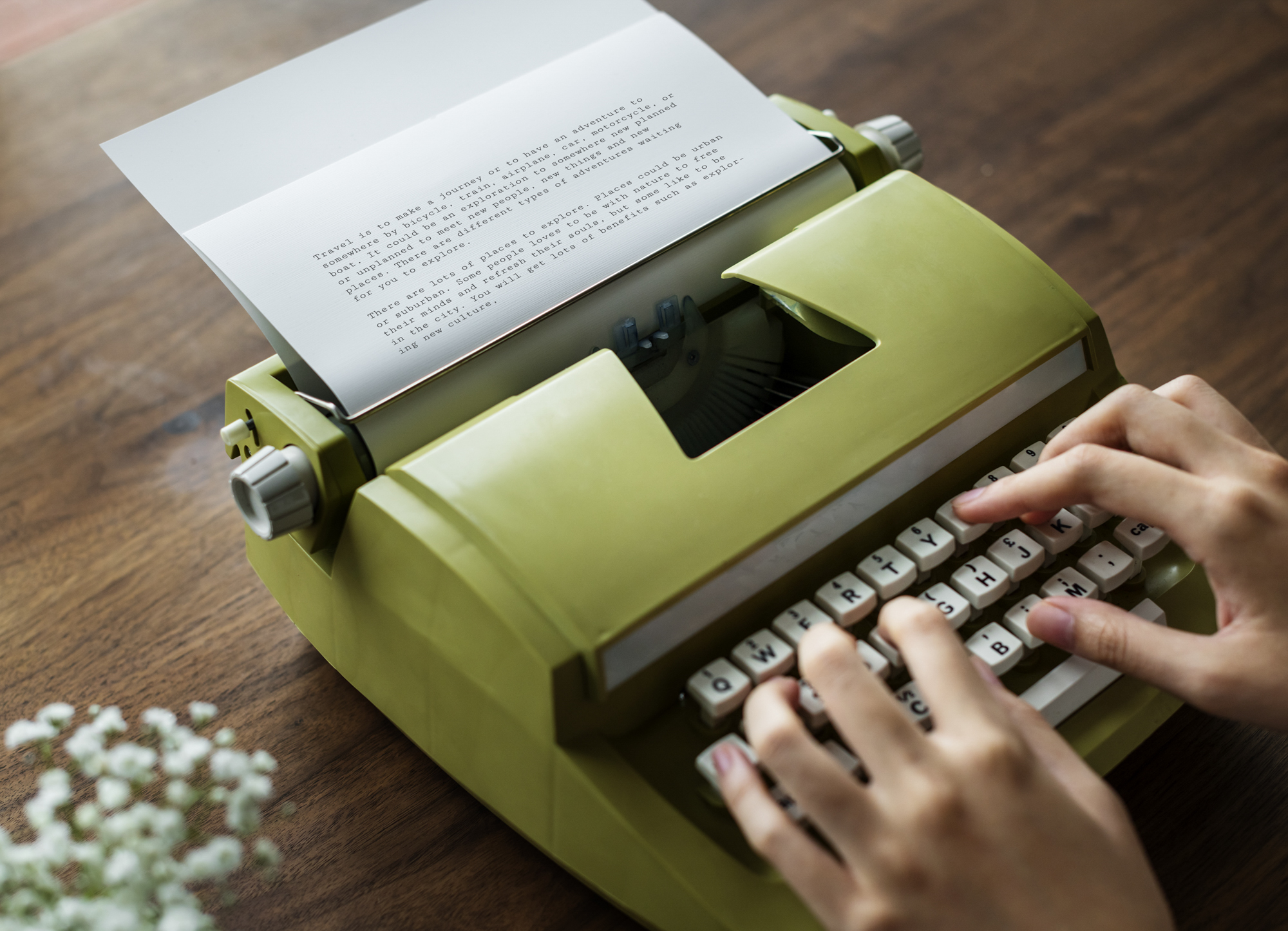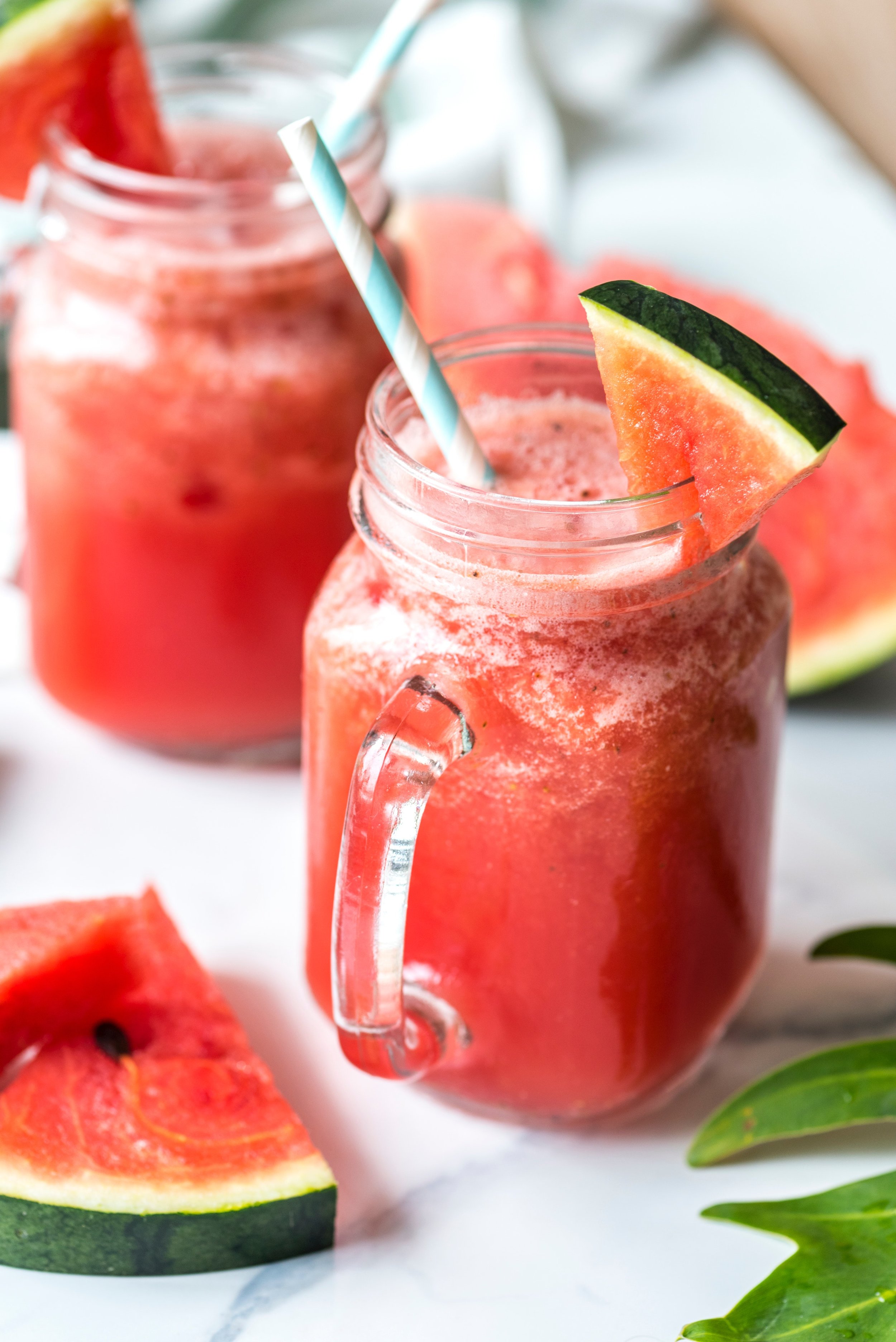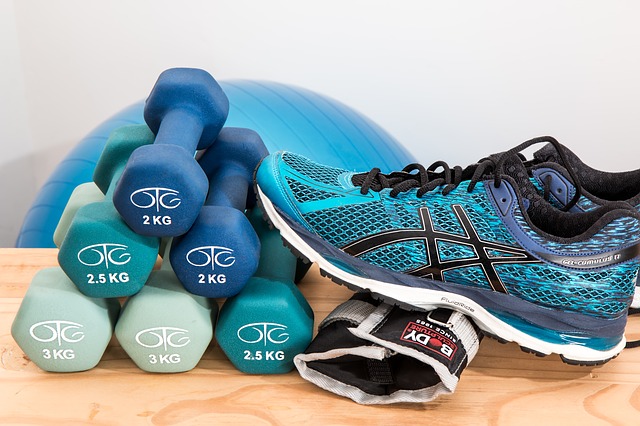If you are self-publishing, especially for the first time, you may have questions about indexing. Does your book even need an index? Can you make the index yourself? What does it cost to get an index created by a professional indexer?
Joanne Sprott of Potomac Indexing LLC recently created an index for a book I was designing. She kindly agreed to answer some of the questions you may have about indexing. I hope you find Joanne’s overview of indexing information for self-publishers helpful!
How do I decide if my self-published book needs an index?
First of all, normally only nonfiction books need indexes. Very few fiction books are indexed. (Maybe something like Shakespeare’s collected plays or some other famous literary works would have an index.)
Length is the other primary deciding factor. Usually only a book with 100 or more pages is indexed. But pages are relative to trim size—the 100 is based on a 6x9-inch trim size common to trade books.
If you meet the nonfiction and more-than-100 pages criteria, then deciding on whether your book should have an index comes down to whether you think it will add enough value to make the cost worthwhile. People do buy books— especially biographies of famous people—based on a browse of the index. In books that teach something, indexes can be valuable to students for writing their own essays or exams. They are also very valuable in scholarly books to guide other scholars through to the element in the book that they are interested in comparing to their own and others’ research and writing.
Can I make my own index (DIY)?
Technically, yes, you can make your own book index. From my experience, though, there’s a certain weird way of thinking that goes with indexing, and most people don’t “get it.” They often waste a lot of time getting lost in making entries for trivial details or passing mentions (such as including every name mentioned in the book!) Authors often have trouble seeing their material from the reader’s point of view and may just outline the book in a slightly more detailed way than the table of contents and stop there. It’s a decent start, but index users are often looking for more specific topics that are scattered in the text; one of the benefits of an index is that it brings together scattered topic mentions that might be lost in an outline approach.
For a more comprehensive guide to thinking like an indexer and doing the index yourself, check out Potomac Indexing’s free indexing guide for authors, which is accessible from the footer area of our website.
How do I find and choose an indexer? Do indexers have specialties?
The best place to find an indexer, at least in the USA, is the American Society for Indexing. They have a “Find an Indexer” option in the left menu that will take you to a page where you can search for an indexer.
Yes, a number of indexers do specialize, although most are intelligent generalists. Medical books, legal books, scholarly books, and technical manuals all have indexers who specialize in those subject areas and vocabulary. ASI doesn’t specifically certify its indexers, but when you look for one in your subject area, you’ll see their experience and training.
Of course, our four partners at Potomac Indexing (we all belong to ASI and have experience in many subjects, going back to the 1990s) would be happy to help you as well.
What does it cost to get a book indexed?
The short answer is that an index can range from USD$400 to $5,000. Average is more like USD$1,000 to $1,400.
Pricing depends on density of index terms, the book’s trim size, and length of the book. At Potomac Indexing, we normally charge a flat fee based on a per page, per entry, or per word rate, in that order of preference. Every index is a custom job, so we usually ask to take a look at some sample of the book to gauge the index term density. We will analyze word count on a typical all-text page (is it a standard about 400 words per page, or a coffee table book with 1000 words per page?), and then look at how many pages have just pictures, for example, which will reduce that index-term density for the entire book.
As an example, let’s come up with a per page rate for a 6x9 trade book on business advice, almost entirely text, that has 350 indexable book pages.
Wait, you ask, what’s an indexable page? Well, we indexers don’t count any pages we don’t have to read to decide on index terms. So, most of the front matter, from title page through acknowledgments (sometimes we index preface material) is excluded, along with back matter like bibliographies/reference lists (we may index substantive endnote material, but that’s a judgment call; definitely not the purely referential notes).
I would likely quote $3.50 to $4.00 per page for this type of subject matter, which generally is not all that dense with index terms (maybe 2 to 3 terms on average per page). So in this case, your cost would be $1225 to $1400. Not pocket change, but the indexer has to read the book and create a separate organized document called the index, so it takes longer than, say, a proofreading job.
Yes, we read the book, not necessarily word for word, but nearly, in order to understand its themes and subtopics as well as pick up important people and place names. This is not something a software application can automatically do for us, because it can’t decide on whether a term is important enough to the surrounding discussion to be included in the index. That’s what separates a human-constructed index from a set of search engine results.
At which stage in the book writing process should I
(1) first contact an indexer, and (2) send the indexer my book?
Books designated for print with a static index shouldn’t be indexed until the page numbers are final. Subject lists without page numbers might sound like a time saver, but you have to go through the whole book again anyway to set the final page numbers. It’s more efficient to do all of this once.
That said, if you have an ebook in the works, or you really need to index early from the manuscript (it still needs to be basically finished), you can opt for an embedded index. This is where the indexer not only reads the book and decides on index terms, but also inserts special tags for each index term into the document in whatever program is used to create the book (Word, InDesign, HTML, there are lots of options). Embedded indexes use live links to the tagged location in the book. So, the index automatically reflects any changes that are later made to the book file (or changes to ebook view settings), such as if a key word moves from one page to another.
How long does it take to get a book indexed?
I like to allow about two weeks on average to build and return a finished index. Depending on book length, I could do it faster than this, but that assumes I have an opening in my schedule at just the right time. Normally, indexers are juggling multiple projects that don’t all arrive as scheduled, so the two-week turnaround helps us stay sane. However, if you have an 800-page book, I may need a bit longer to finish the index.
Potomac Indexing LLC (established in 2006) consists of four experienced indexing partners along with access to another forty independent indexers in various specialties, allowing Potomac Indexing LLC to say “yes” to almost every job that comes its way. Potomac Indexing LLC guarantees the quality of the work regardless of which partner or associate indexer does the initial indexing, handling everything from a self-published memoir to a series of accounting guides or drug regulations that come back for indexing year after year. Check out their portfolio to see if they are a good match for indexing your book.
Do you have more questions about self-publishing, indexing, or book interior layout? Feel free to send me a note and I’ll do my best to help you, or to connect you with someone who can help you!













